She was known to locals as ‘Old Mrs Massingberd’, but what do we know about our favourite, flamboyant, sassy but elegant member of the Massingberd-Mundy dynasty? Who was she? How did a young French lady end up in the sleepy Lincolnshire Wolds? How did she come to run South Ormsby Estate?
Unfortunately, we don’t know a huge amount about Marie Jeanne Rapigeon’s origins. She was born in 1764 in a small village just outside Versailles. Her father was Captain Rapigeon and we assume he served Louis XV but records are hard to find. Louis XV was known as ‘Louis le Bien-Aimé’ (‘Louis the Well-Beloved’). He was born on February 15, 1710, in Versailles, succeeded to the throne at the age of five in 1715 and died on May 10, 1774. His ineffectual rule and the resultant decline of royal authority was a factor in the French Revolution of 1789.
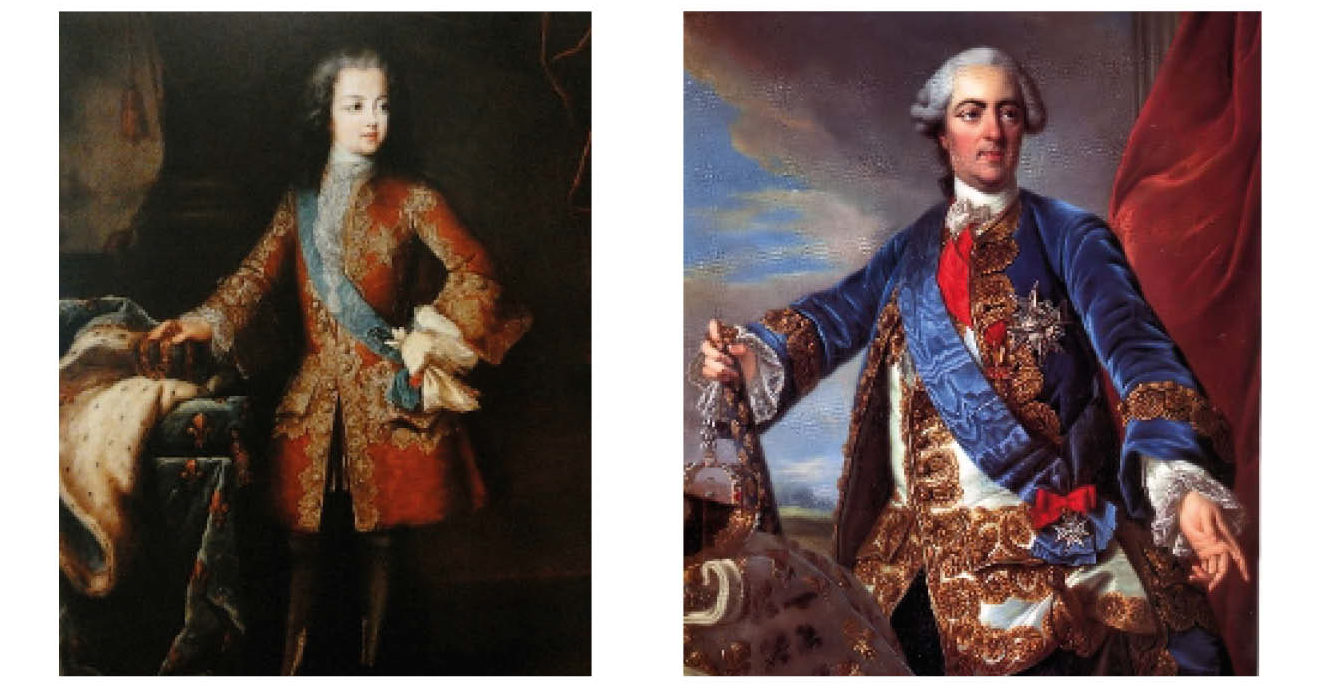

The Palace of Versailles began as a humble hunting lodge and grew to encompass the permanent residence of the French monarchy and the seat of political power in France. Life at Versailles could, however, be far from glamorous, and the palace’s rudimentary sanitation and lingering stench were as notorious as its opulence.
The upheavals of 1789 followed 20 years of poor harvests, drought, and the financial strain of multiple wars and royal profligacy. The court of Louis XVI was ousted from Versailles by the Revolution, and although subsequent rulers including Napoleon and his Bourbon successors spent time there, it was ultimately transformed into a public museum.
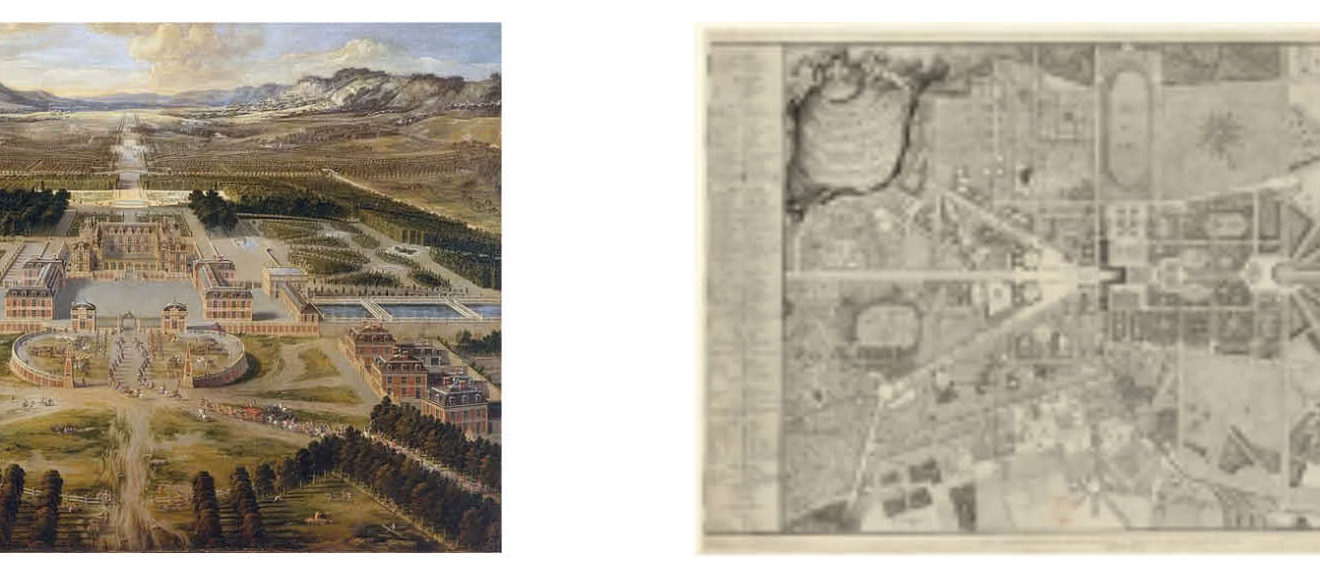

What prompted Marie Jeanne to flee, and trade Versailles for Kent, London and Lincolnshire? Was it drought, hunger or depleted royal coffers? Might she have been saved by a legendary British hero?
We know that Marie Jeanne came to England between 1777 and 1780. Was she a refugee, fleeing upheaval? Was she saved by Charles Burrell Massingberd in the guise of the Scarlet Pimpernel? Local folklore has it that this literary character was based on our very own Charles Burrell.
The popular image of the intrepid Pimpernel endures; a master of disguise and swordcraft, watching and waiting at the West Barricade, ready to rescue hapless French aristocrats from the kiss of Madame Guillotine. Might Charles Burrell in the Pimpernel’s guise have saved a young maiden and won her affections to boot?
This charming picture may be more than a little fanciful. The French Revolution began with the abolition of the old order in favour of constitutional monarchy in 1789. It didn’t degenerate into the Reign of Terror, which featured numerous executions by guillotine, until 1793. The Scarlet Pimpernel first appeared in print in Baroness Orczy’s novel of 1905.
According to our sources, Marie Jeanne was governess to Harriet Massingberd, Charles Burrell’s only daughter by his first wife, Anne Blackall, who died soon after. Charles Burrell married Marie Jeanne on 12th August 1788 at St Mary’s Church, Hadlow, Kent. Although they never had children of their own, Marie Jeanne raised Harriet.
Was Charles Burrell the inspiration behind the legend?
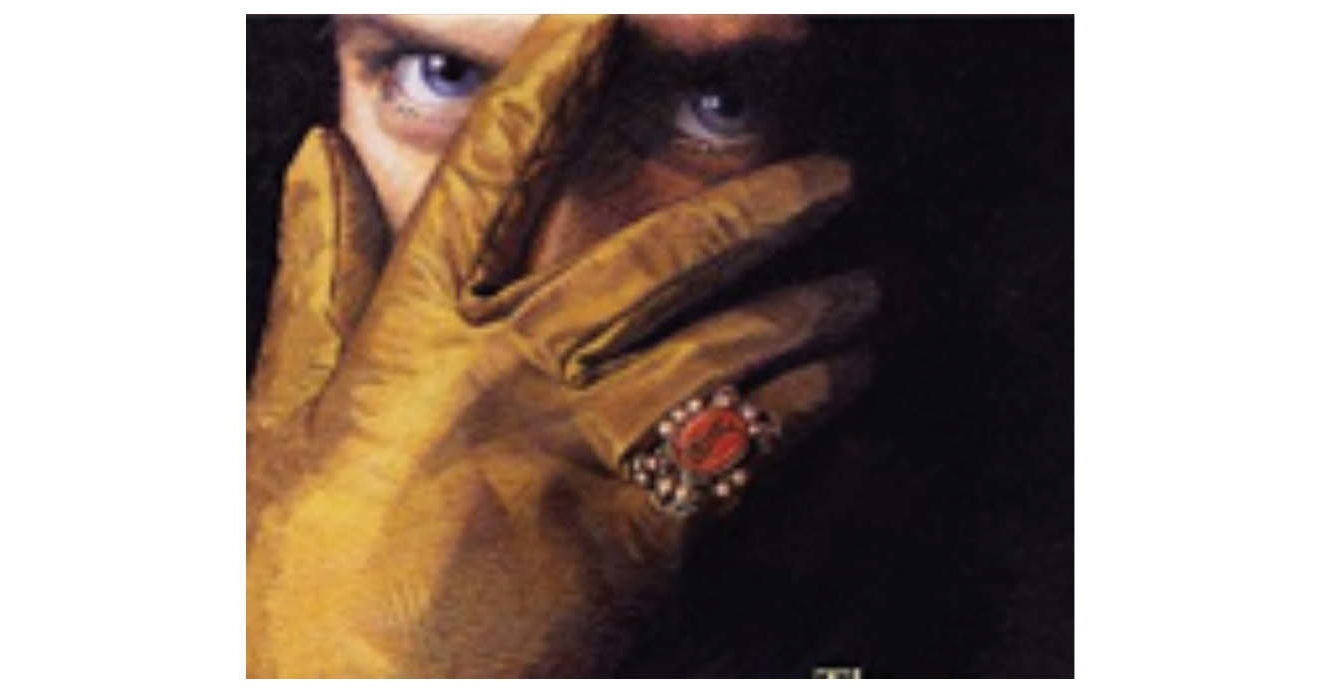

On Charles Burrell’s death in 1835, Marie Jeanne become the owner of South Ormsby Estate. She transformed the estate for the better and remained in charge for another 28 years until her death on 21st February 1863 at the age of 99.
At some point, Marie Jeanne anglicised her name and was known as Mary Jane Massingberd or ‘Old Mrs Massingberd’. During her time, South Ormsby Estate thrived. According to the 1851 census, Mary Jane Massingberd, aged 87, was one of 14 people living at South Ormsby Hall, along with Harriet Massingberd, her nephew William Massingberd and 11 servants.
By 1861, the 97-year old Madame Massingberd lived alone at the Hall, but for her ten servants. The redoubtable Marie Jeanne Rapigeon had come a long way in nearly a century of life.
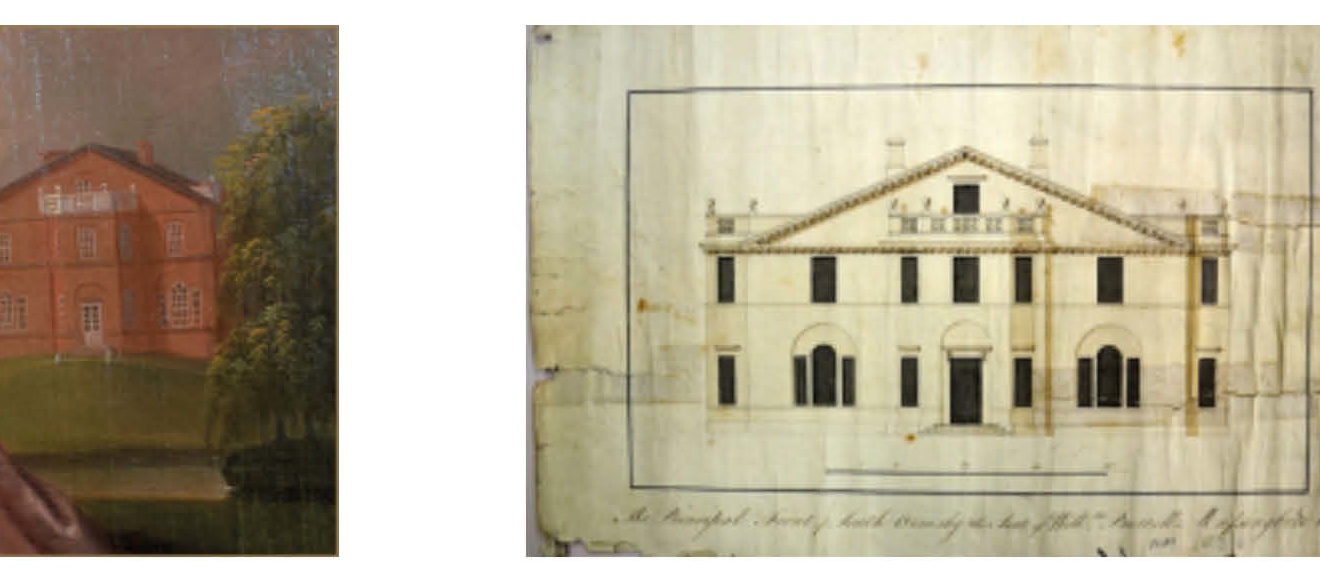

Recent Entries


Rural AI & Our Digital Future: a Chat with Sabrina
Read more
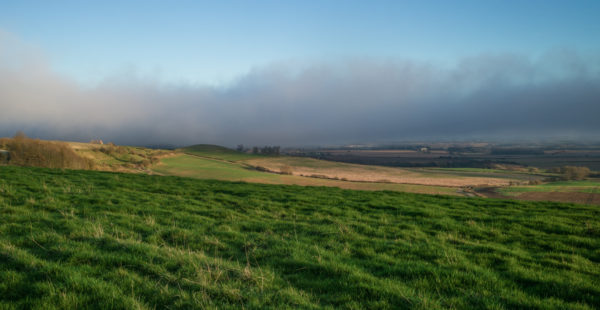

A Week on the Estate: Vernal Equinox, Digital Skills & Climate Smarts
Read more
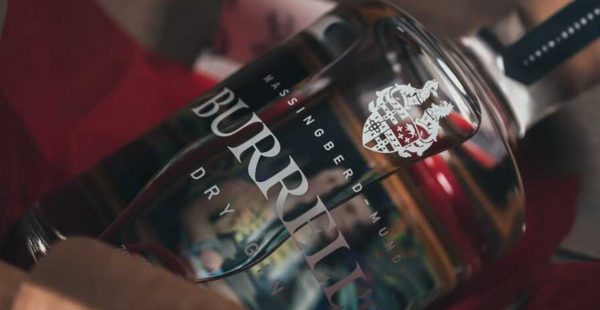

Meet the New Master Distiller: a Catch-up with Ed Gibson
Read more


A Week on the Estate: Spring Arrives, Inspirational Women & Bird Tours
Read more

